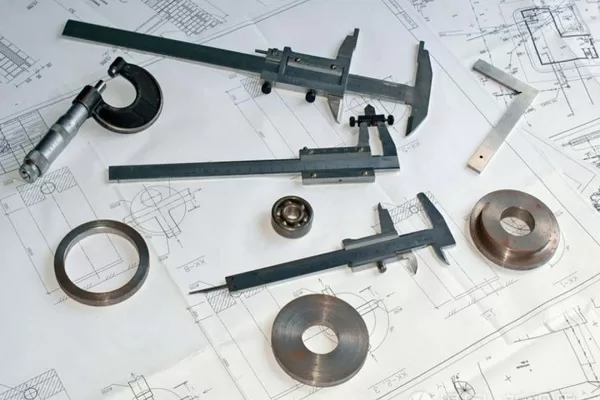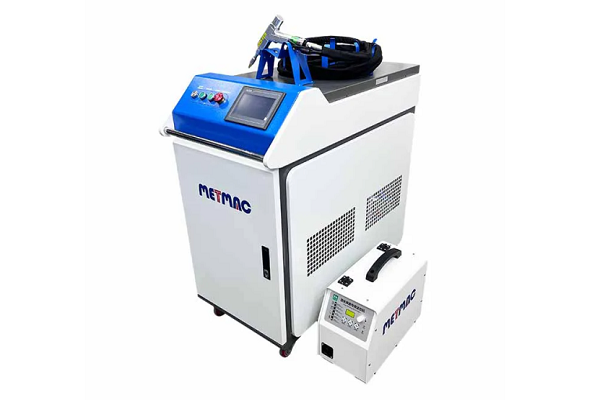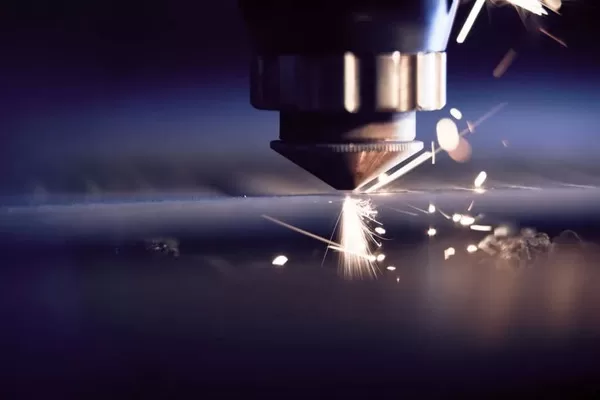
Understanding the Technology Behind Duct Beading Machines
- By:Metmac
- 2024-09-14
- 65
Duct beading machines play a vital role in the fabrication of heating, ventilation, and air conditioning (HVAC) systems. These machines create precise bends and flanges in ductwork, enabling the assembly of complex duct systems that efficiently distribute air throughout buildings. Understanding the technology behind duct beading machines is essential for professionals working in the HVAC industry.
Types of Duct Beading Machines
Duct beading machines come in various types, each designed for specific applications:
– Roll formers: These machines use a series of rotating rollers to gradually bend and shape ductwork into the desired profile.
– Pittsburgh lock machines: These machines create interlocking Pittsburgh lock seams between duct sections, providing a strong and airtight connection.
– Slip and drive machines: These machines combine beading and seaming operations, slipping the bead into a drive wheel to form a secure seam.
– Plasma cutters: These machines use a plasma torch to cut and shape ductwork, allowing for complex designs and precision bends.
Components of Duct Beading Machines
The core components of duct beading machines include:
– Rollers or wheels: The shape and profile of the rollers determine the type of bend or seam created in the ductwork.
– Dies or mandrels: These components support the ductwork during the beading process, ensuring accuracy and consistency.
– Drives: Electric motors or hydraulic systems power the rollers or wheels, providing the necessary force for beading.
– Controls: Modern duct beading machines feature advanced controls that allow for programming and precise adjustment of machine parameters.
Advantages of Duct Beading Machines
Duct beading machines offer numerous advantages over manual beading methods:
– Increased efficiency: Machines can perform beading operations much faster and more consistently than manual labor, saving time and reducing production costs.
– Improved quality: Precisely controlled machines ensure consistent beading profiles and airtight seams, enhancing the overall quality of duct systems.
– Reduced labor costs: Automation reduces the need for skilled labor, resulting in lower labor costs and increased productivity.
– Enhanced safety: Machines minimize the risk of workplace injuries associated with manual beading, such as repetitive strain injuries or cuts.
Applications of Duct Beading Machines
Duct beading machines are essential for the fabrication of various types of ductwork, including:
– Rectangular ductwork: These machines create beading and flanges for assembling rectangular duct sections.
– Round ductwork: Machines can bead and seam round ductwork, providing a smooth and seamless finish.
– Oval ductwork: Specialized machines can bead and form oval ductwork, used in certain HVAC applications.
– Spiral ductwork: Machines create interlocking Pittsburgh lock seams in spiral ductwork, enhancing its strength and airtightness.
Understanding the technology behind duct beading machines empowers HVAC professionals to make informed decisions about machine selection, operation, and maintenance. These machines play a crucial role in ensuring the efficient and reliable distribution of air in HVAC systems, contributing to the comfort and well-being of building occupants.
-
The Advantages of Using a Sheet Roll Forming Machine in Manufacturing
2024/09/14 -
How to Optimize Your Laser Sheet Cutting Machine for Maximum Performance
2024/09/12 -
How to Maximize Efficiency with Modern Sheet Metal Working Machines
2024/09/04 -
The Environmental Benefits of Using Duct Board Grooving Machines
2024/09/03
-
A Guide to the Latest Innovations in Sheet Metal Folding Machines
2024/11/29 -
Key Features to Consider When Investing in a Sheet Metal Folding Machine
2024/11/28 -
Enhancing Precision with Advanced Sheet Metal Folding Machines
2024/11/27 -
How to Choose the Right Sheet Metal Folding Machine for Your Workshop
2024/11/26



